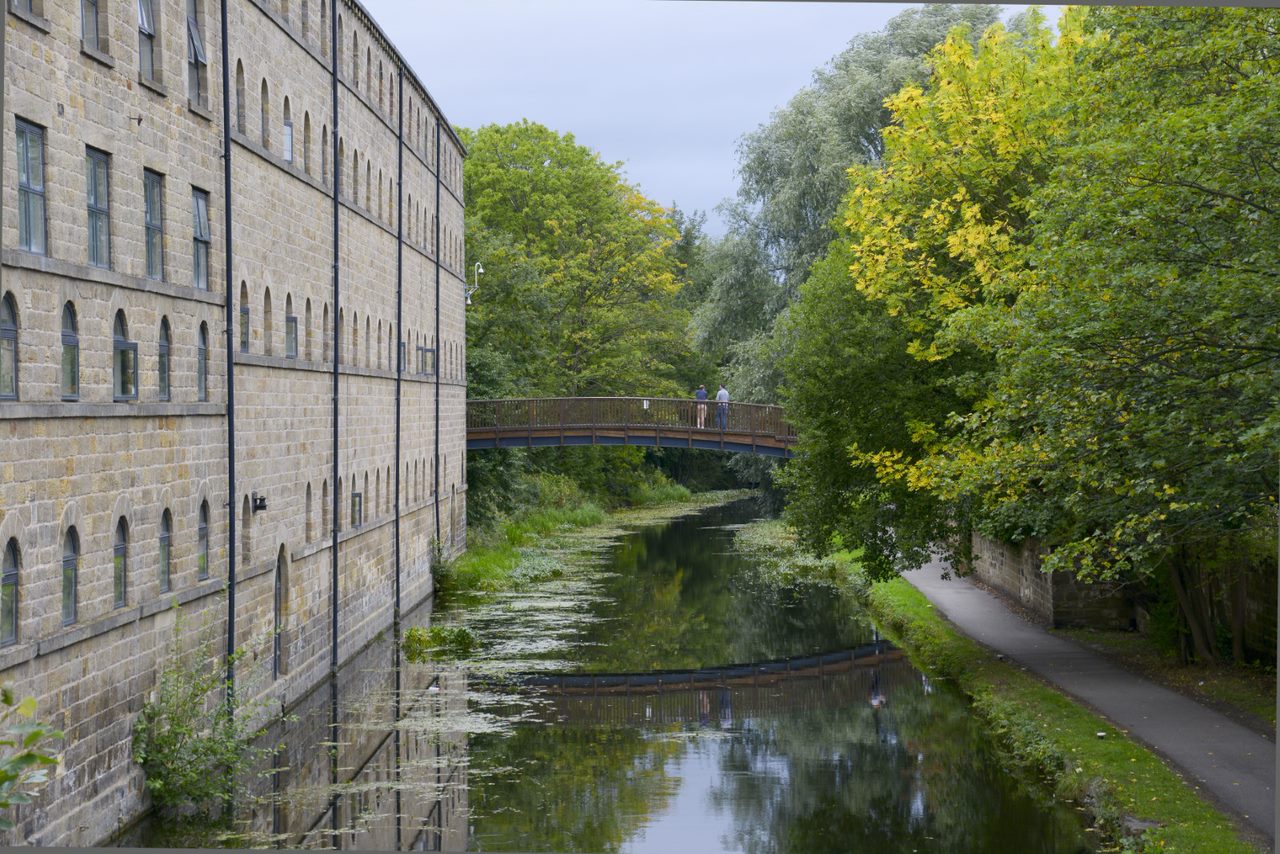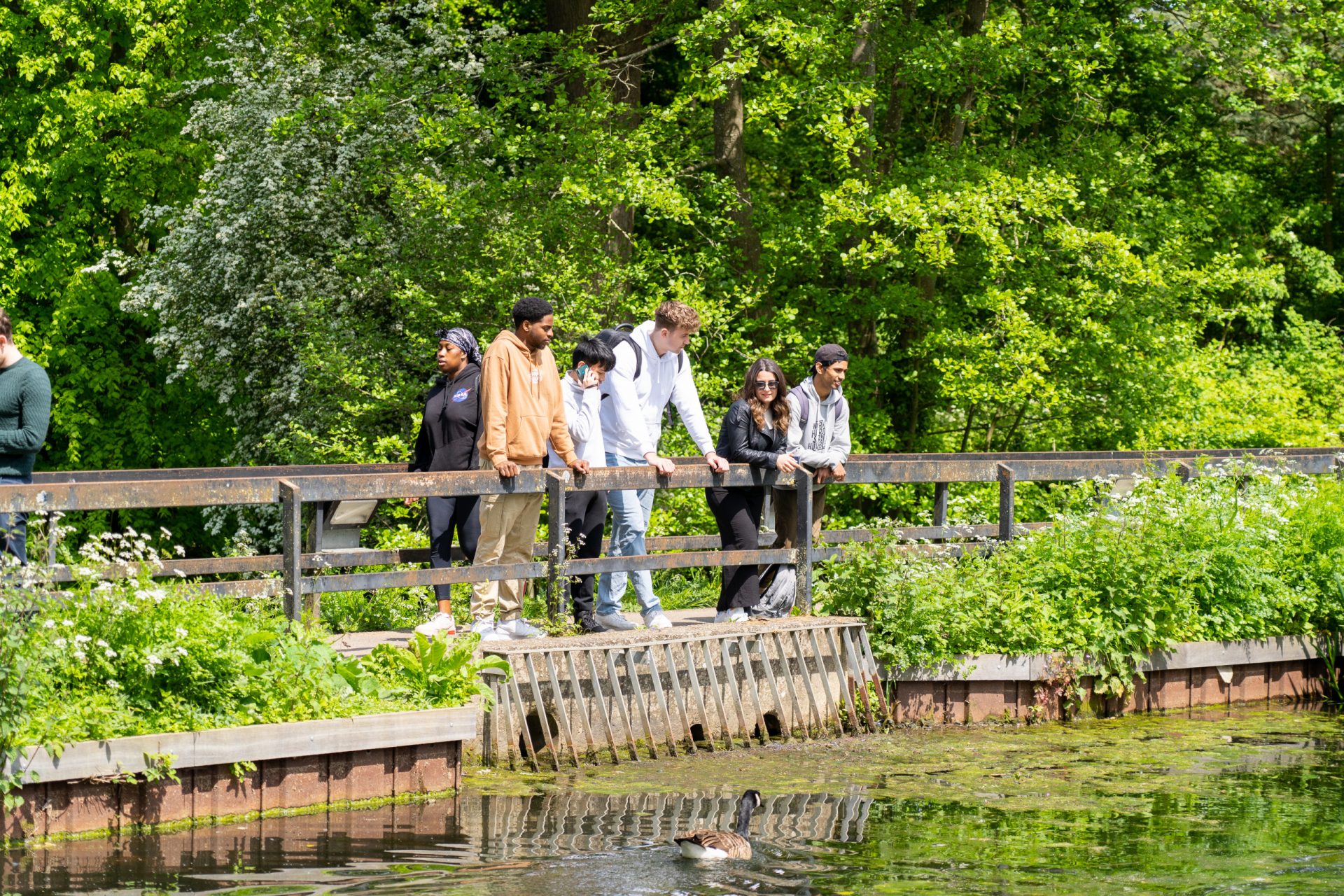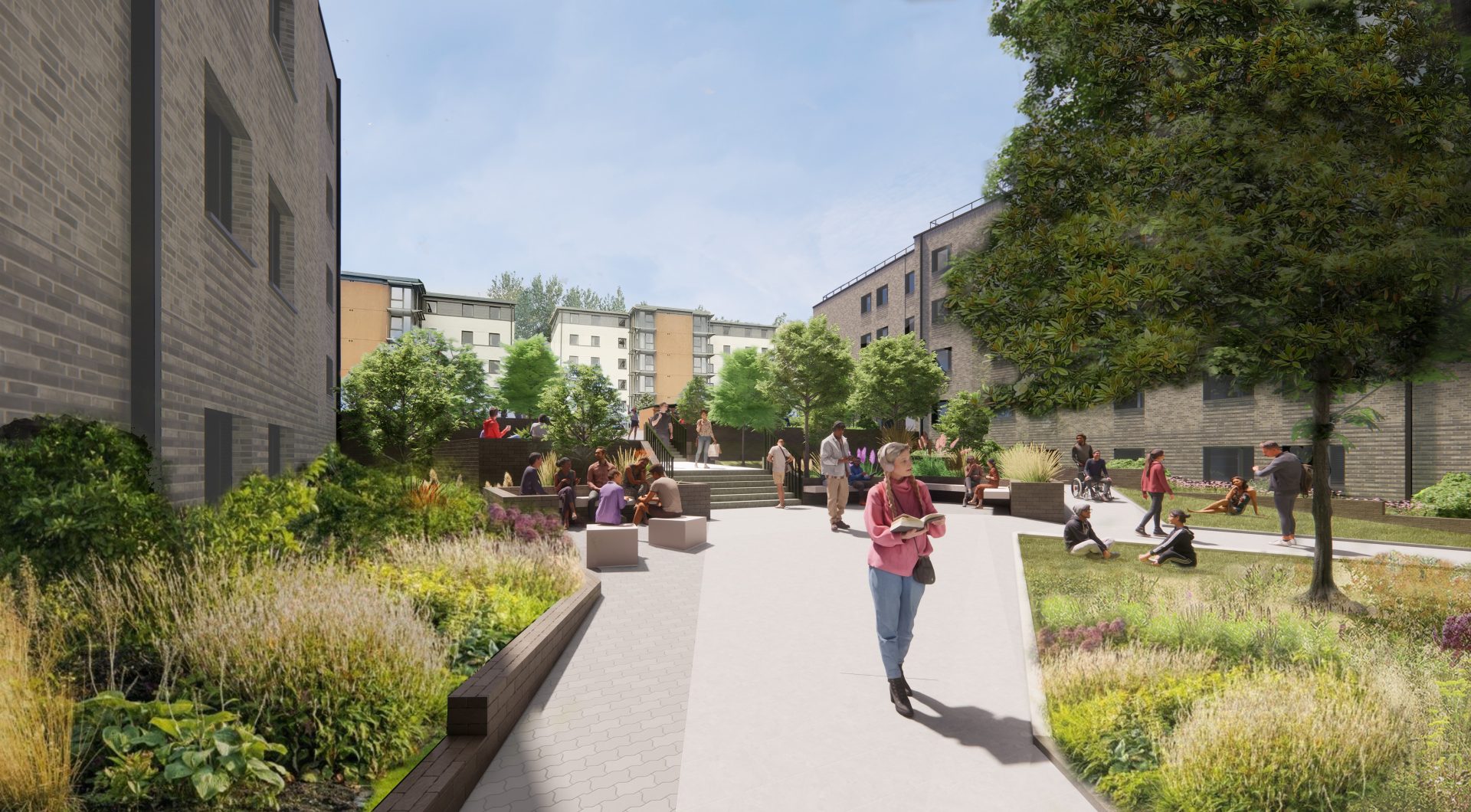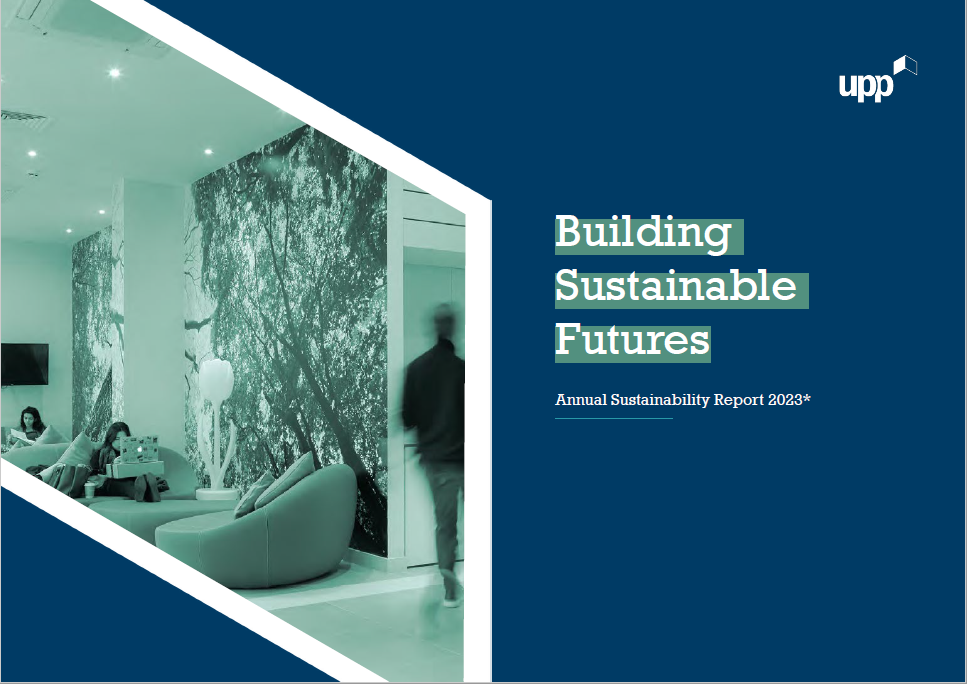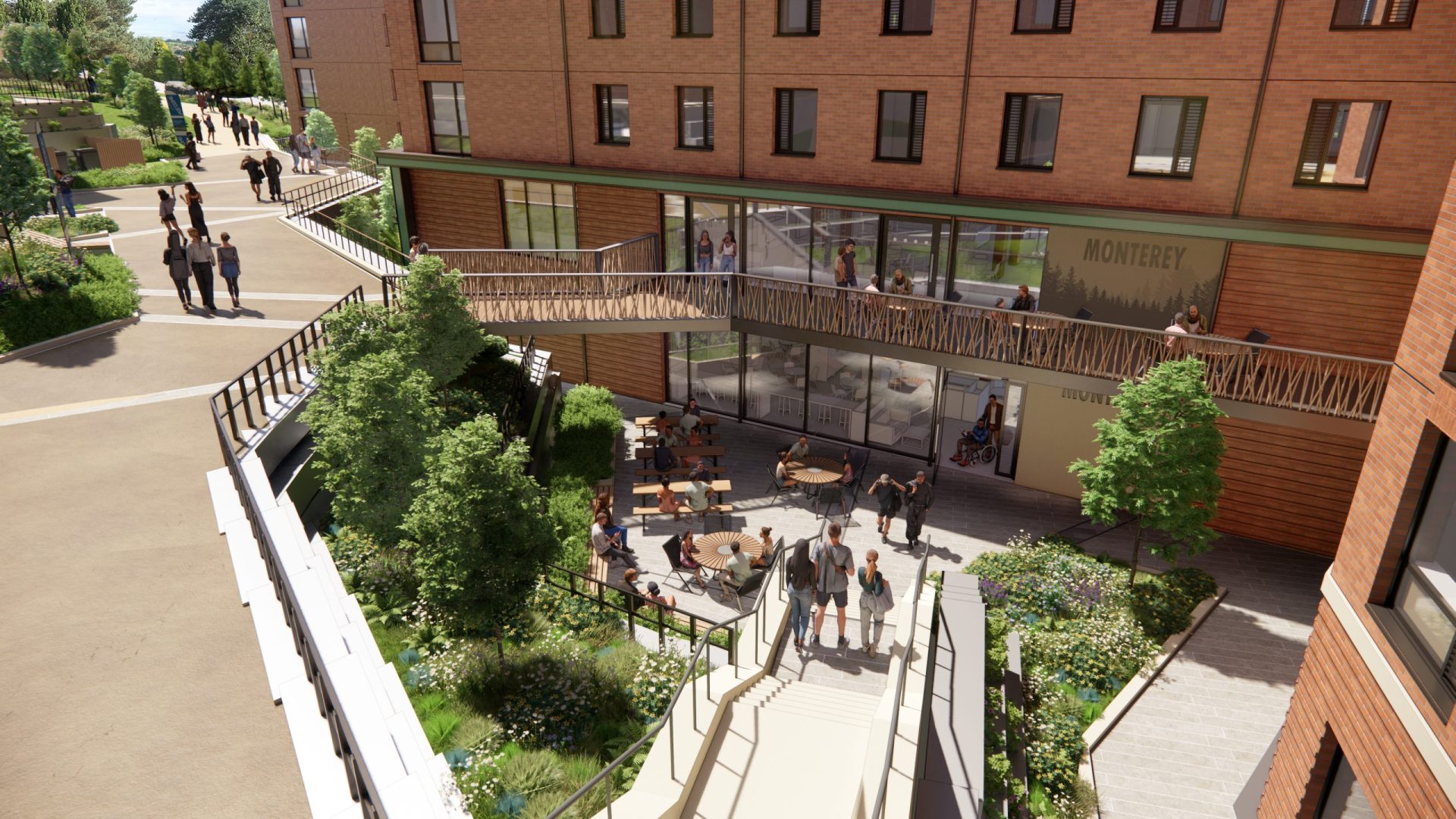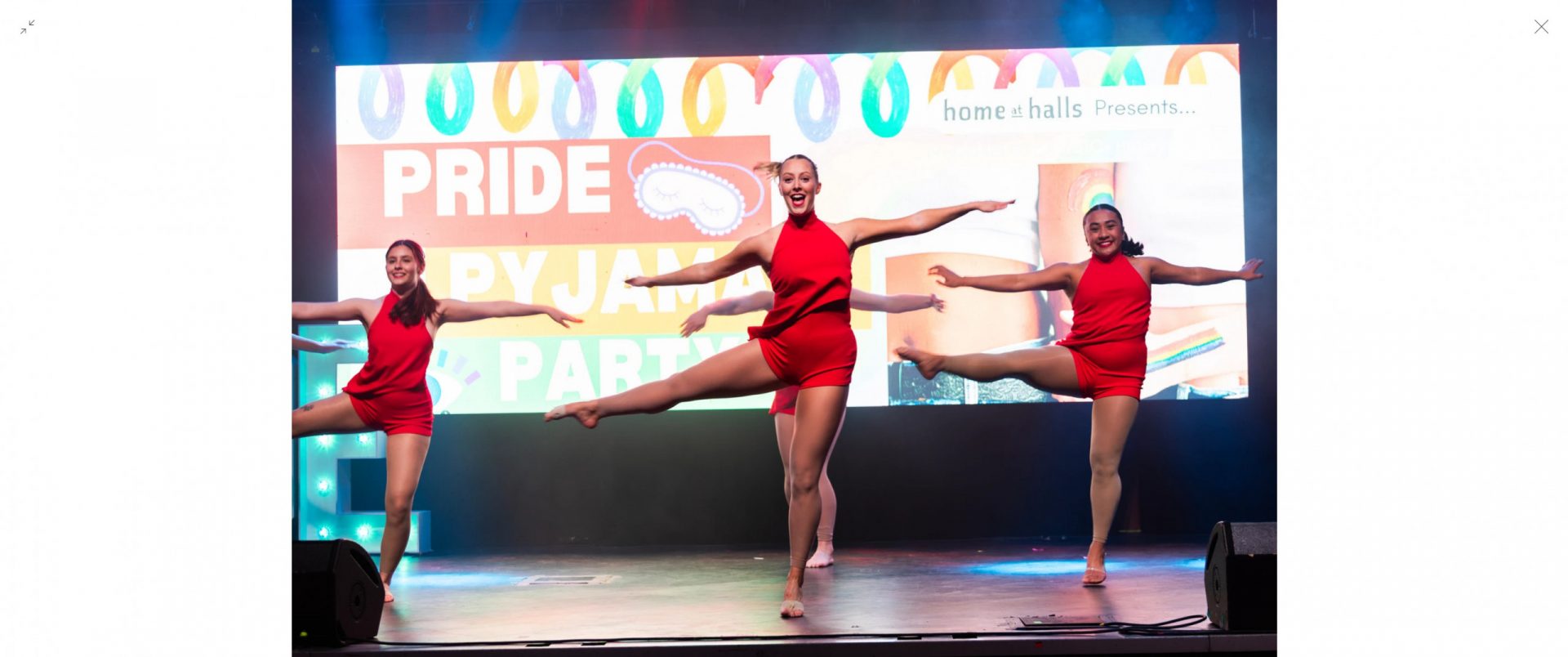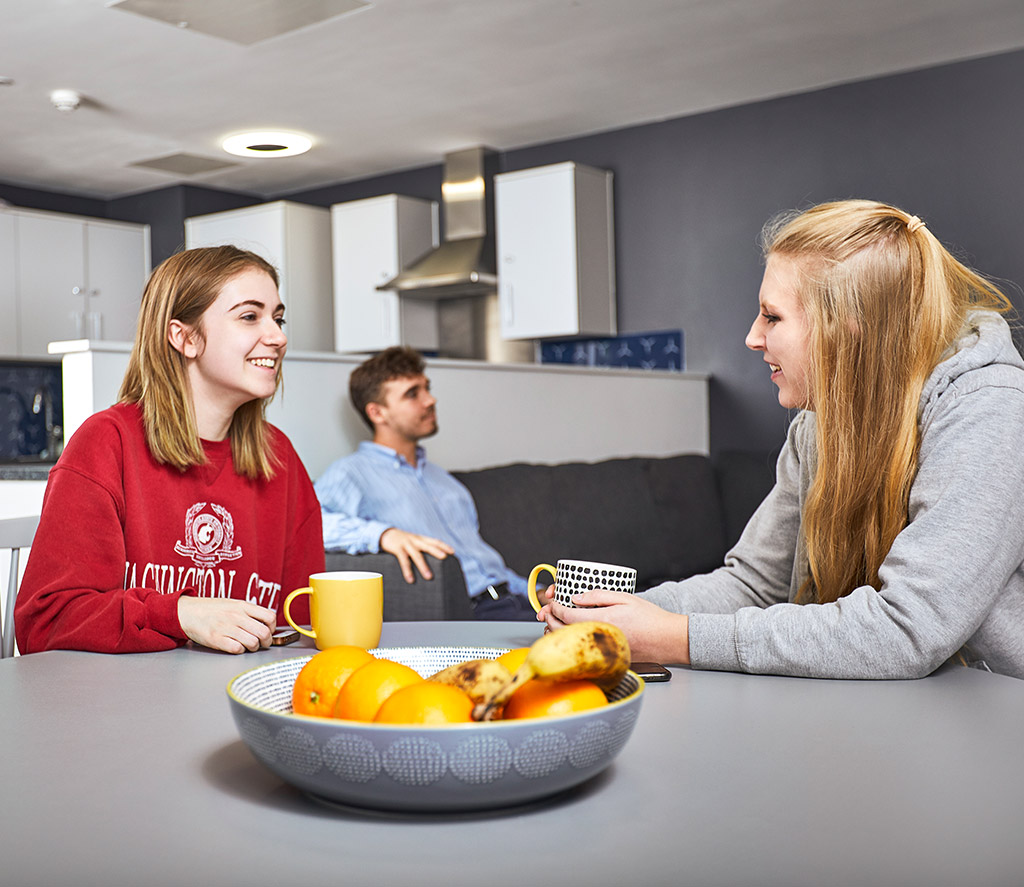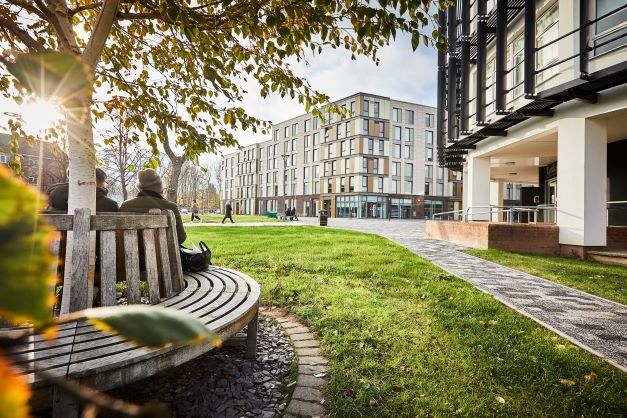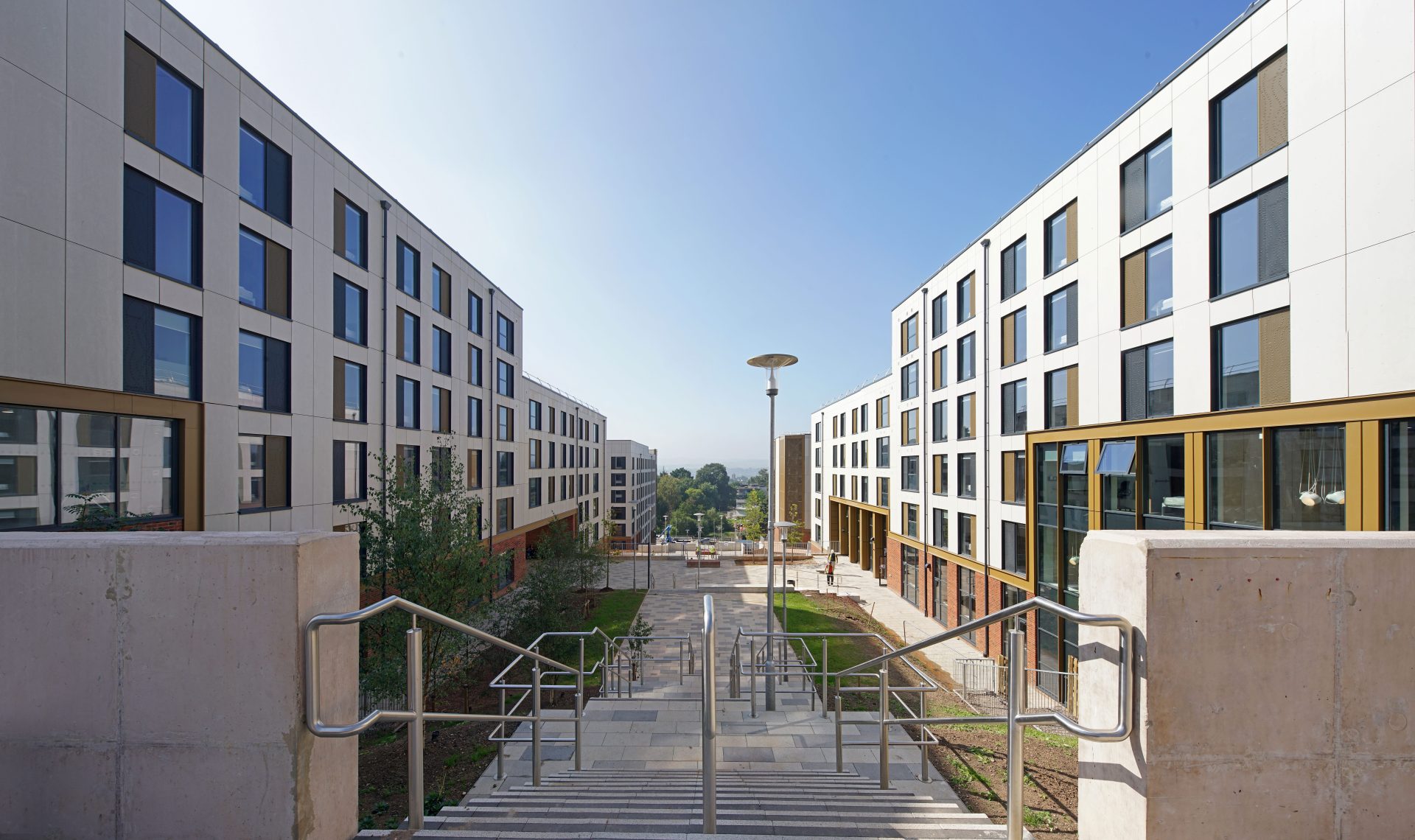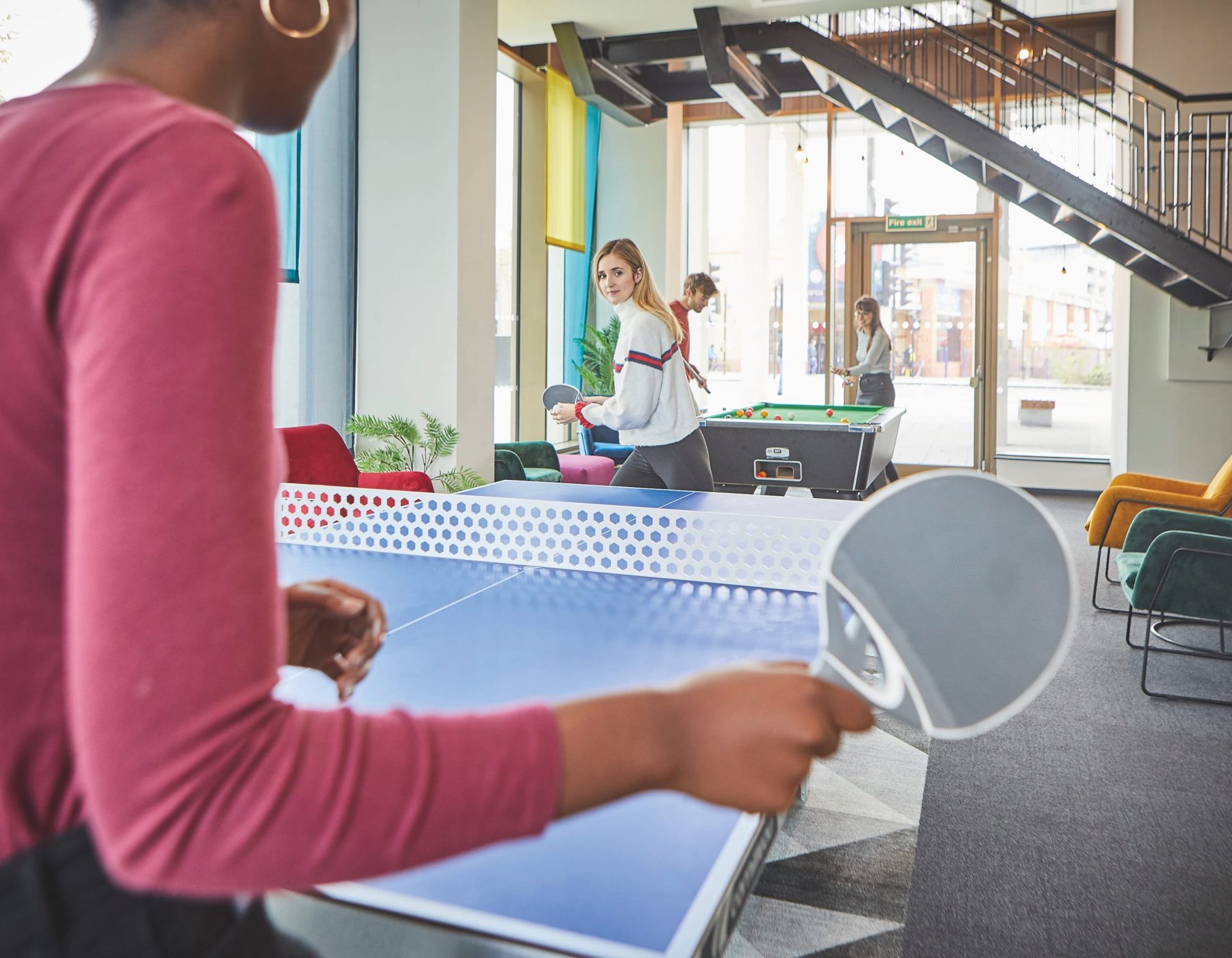On Monday 2 May Jon Wakeford, UPP’s Director of Engagement, addressed the pan-European Co-Liv Summit, the global community of co-living professionals gathering to exchange, learn and connect. The 2022 Summit themes focused on operational best practice (Rise), how the co-living industry is developing (Radar), and ways to overcome major roadblocks through innovation (Resistance).
Alongside Jon, were Deenie Lee and Sarah Canning Directors of The Property Market Strategists, with whom UPP are currently completing research on the future of student living. The session, entitled The Future of Home according to Gen Z was an opportunity to share a first cut of findings from our survey of students and non-student 16 to 18 year olds. As part of UPP’s Innovate strategic pillar, the work seeks to understand what types of accommodation and services were both desired and expected by those who are currently or shortly likely to apply to university.
This research has direct relevance for a co-living audience not simply because a number of student accommodation providers are actively diversifying into this market with graduating students a key demand cohort for co-living schemes, but also because the development of the purpose-built student accommodation (PBSA) market has fundamentally changed the expectations of purpose-built shared living (PBSL) in design and in its emphasis on an experiential offer.
The data provided some positive signs for the co-living delegates, with the evidence suggesting that students are still very keen to live away from home – only 7% said they intended to live at home – whilst more than 40% were looking for an apartment with others. Jon noted how the two concepts (PBSA and PBSL) worked to complement each other and played their part in what was developing into “a lifelong arc of non-ownership homes” – from student accommodation; to co living; to build to rent and later living.
Further detailed findings from the study are still to come.





